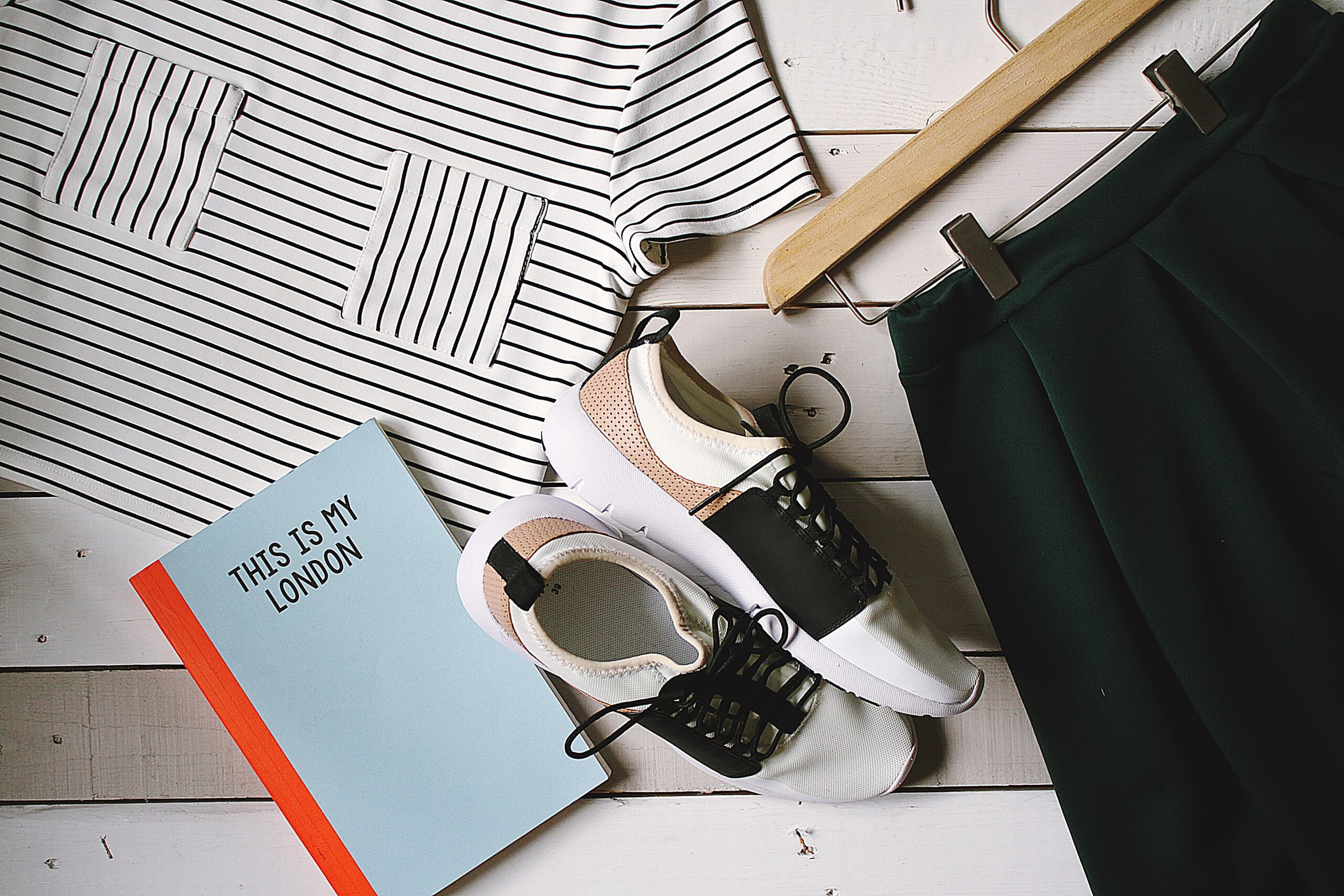Dress Sketches for Fashion Designing
Fashion designing requires a well-thought-out and creative design process. To create a stunning collection of clothing, fashion designers usually depend on the help of dress sketches. Dress sketches are basic drawings that capture an idea for a clothing design. Sketches enable fashion designers to work out their ideas and identify potential mistakes. In this blog we will explore dress sketches for fashion design, as well as discuss why they are an important tool for fashion designers.
What are Dress Sketches?
Dress sketches are two-dimensional illustrations that show what a garment will look like when it is made. They are often the starting point of the design process. Usually the sketches are drawn by hand in simple black and white lines. This allows the designer to show their unique vision: the details of the design, the silhouette, and the style elements. It also serves as a ‘blueprint’ for the garment, as the sketch will be used by the pattern maker who will create the actual garment.
Why are Sketches Important for Fashion Designers?
Sketches are important for fashion designers because they enable them to visualize their designs. This is an essential part of the creative process, as it allows the designer to experiment and think of different design possibilities. The sketches are also the only way to get an idea of what the finished garment will look like. For example, by sketching out a design it will be easier to see if it will work in terms of fabric, color, and silhouette.
How to create a Dress Sketch?
Creating a dress sketch does not require any fancy supplies or tools. All you need is a pencil and paper. However, some fashion designers choose to use a drafting ruler which can help to make more detailed and precise sketches. Usually a dress sketch begins with the silhouette of the garment. This is the most important part, as it captures the overall look and shape of the design. Then, the designer can add the details of the design such as sleeves, collars, pockets, buttons, etc. Lastly, the designer can add the finishing touches, such as a belt or an accessory.
Examples
Below are some examples of dress sketches that have been created by fashion designers:
Image 1: This dress sketch is a simple yet elegant design. It features a long, flowing skirt and a sleeveless bodice. The detailing on the bodice gives the design a unique look.
Image 2: This dress sketch shows a classic A-line dress. The short sleeve and asymmetrical hem create an interesting silhouette, while the detailed trim makes the dress stand out.
Image 3: This dress sketch features a modern look. The long, straight skirt is complemented by the off-the-shoulder silhouette. The accents on the bodice add a nice pop of color to the design.
Image 4: This dress sketch shows a formal design. The long, high-waisted skirt is paired with a one-shoulder bodice. The pleats on the skirt add an interesting texture to the design.
FAQs
Q. What are Dress Sketches?
A. Dress sketches are two-dimensional illustrations that show what a garment will look like when it is made. They are often the starting point of the design process. Usually the sketches are drawn by hand in simple black and white lines.
Q. Why are Sketches Important for Fashion Designers?
A. Sketches are important for fashion designers because they enable them to visualize their designs. This is an essential part of the creative process, as it allows the designer to experiment and think of different design possibilities. The sketches are also the only way to get an idea of what the finished garment will look like.
Q. How to create a Dress Sketch?
A. Creating a dress sketch does not require any fancy supplies or tools. All you need is a pencil and paper. Usually a dress sketch begins with the silhouette of the garment. This is the most important part, as it captures the overall look and shape of the design. Then, the designer can add the details of the design such as sleeves, collars, pockets, buttons, etc. Lastly, the designer can add the finishing touches, such as a belt or an accessory.
Read More: https://digitalthinksolutions.com/

